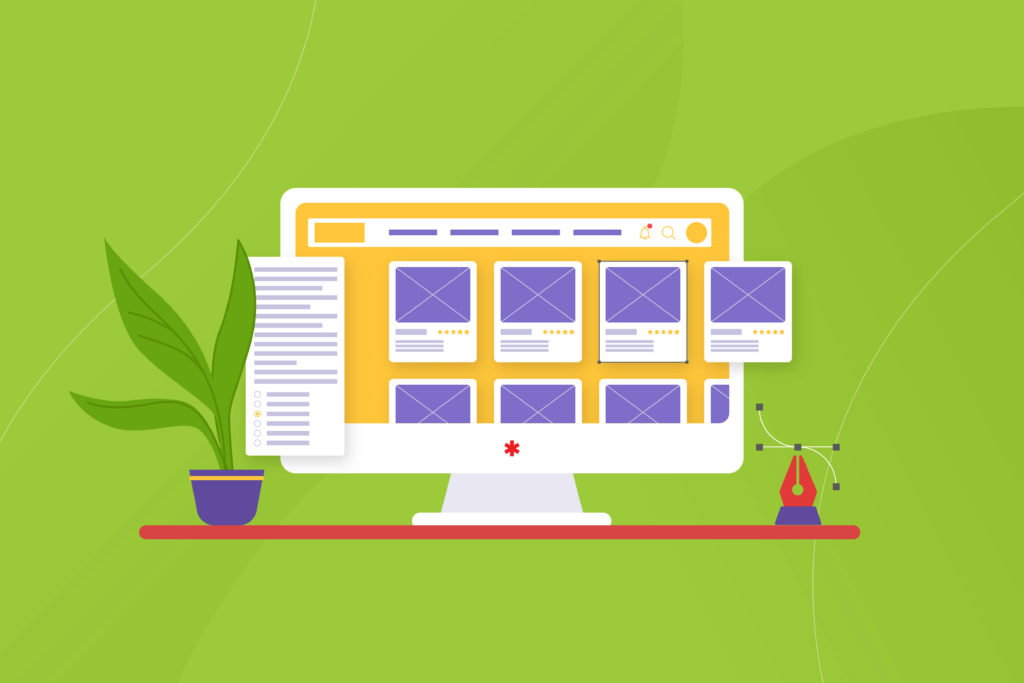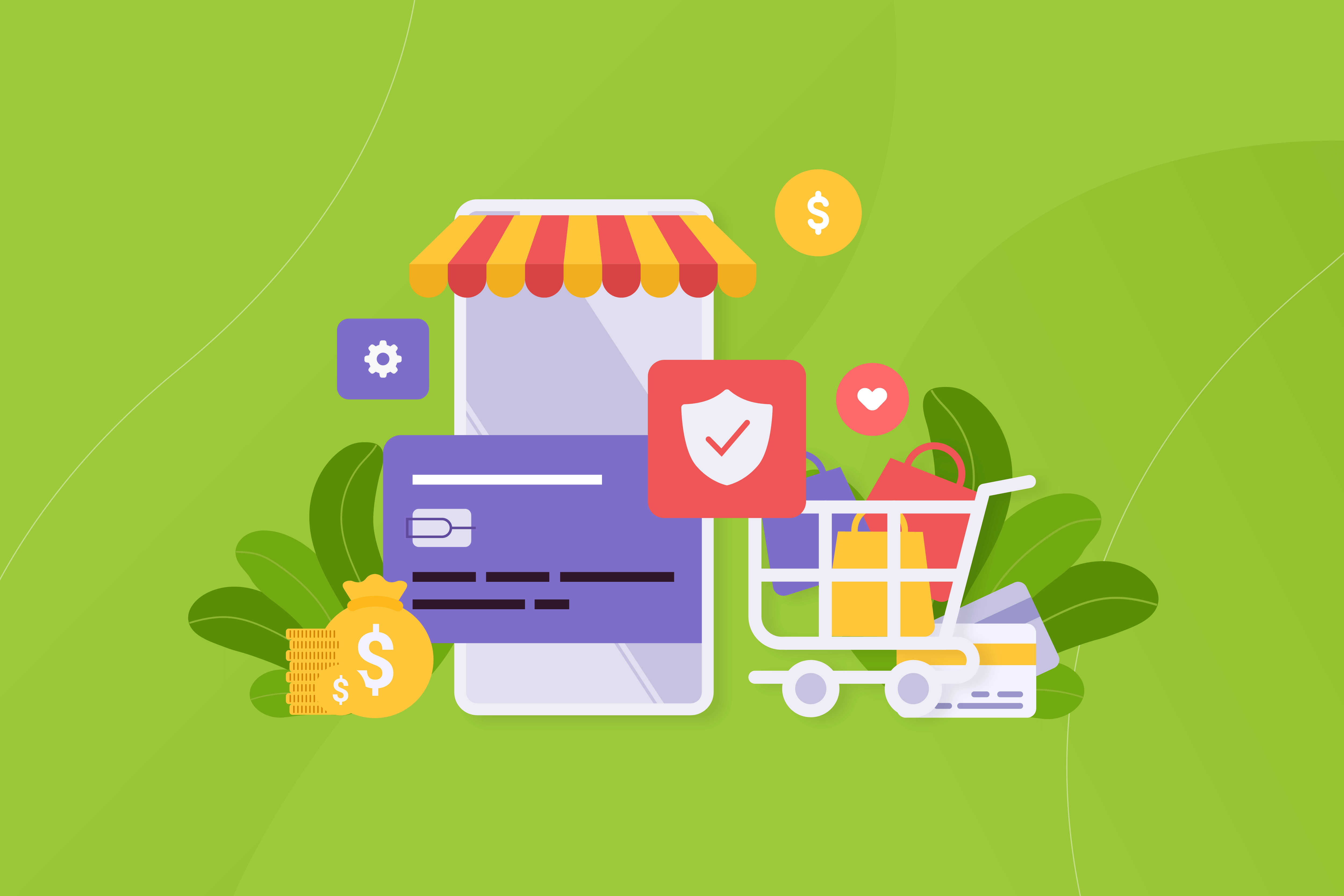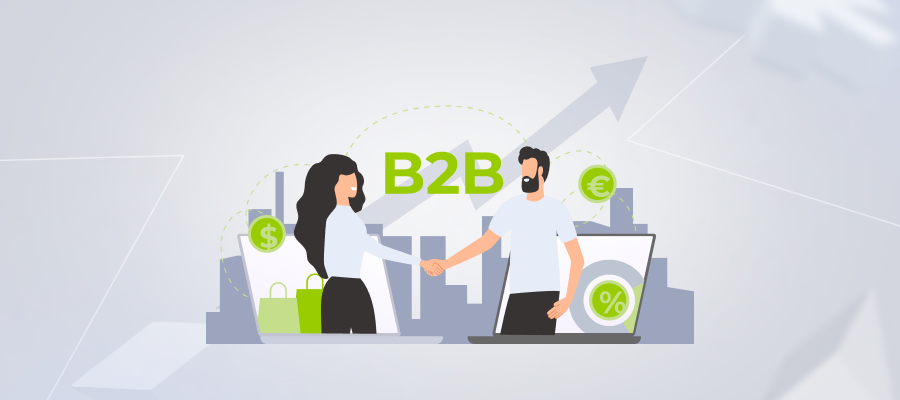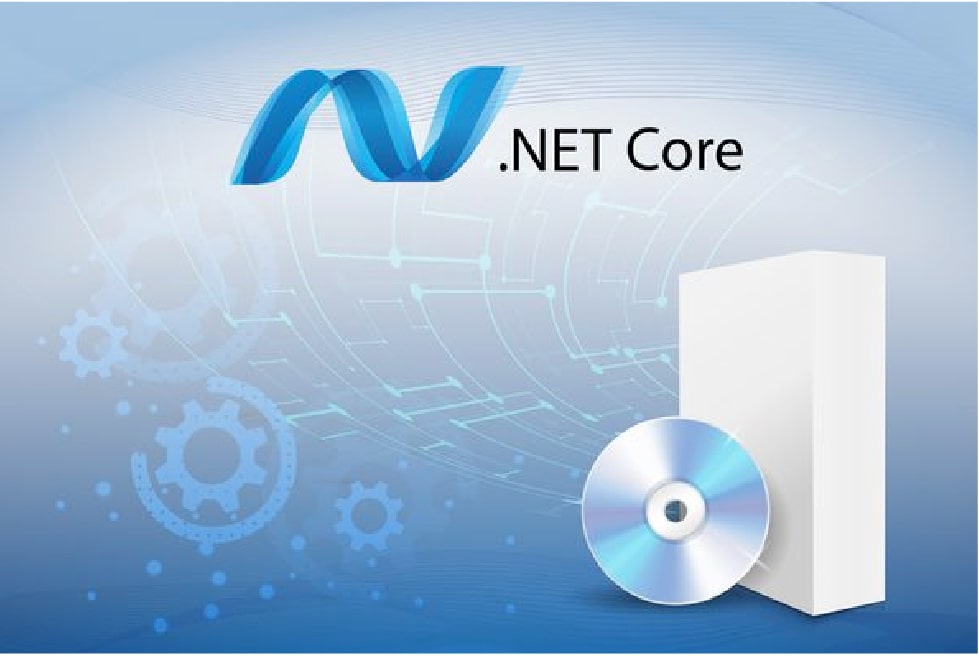The e-commerce industry has continued to grow year after year. Not taking this growth into account means lagging behind. As the coronavirus pandemic has clearly shown to most businesses, if you don’t compete online, you don’t compete at all.
However, trying to find the best solution to represent your company on the Internet is extremely challenging. Why? Well, first off, because there are a plethora of options on the market, which a newcomer can get swamped with. Secondly, there is no 100% perfect fit. Even if you found it, your business will evolve, and you’ll have to deal with the limitations you might not have initially considered.
To protect you from colossal budgeting mistakes, we’ve come up with a list of things to consider when selecting the right e-commerce platform for your business.
1. Ease of setup and use
As a manager or business owner, perhaps the last thing you want to deal with when launching your e-commerce company is ‘incomprehensible’ technological stuff. To avoid this, make sure the platform offers an easy setup flow, explaining everything you need to do before you launch, including loading in products, domain name registration, payment processing, etc.
2. Navigation
You don’t want potential customers to be mad at you, do you? But that’s exactly what they will feel if they have to navigate through your website for ages looking for the item they need and not being able to find it. Today’s customers expect a quick and seamless shopping experience. And, sure enough, they’ll find it: whether in your store or in somebody else’s. This is especially true for a B2B company website where efficient navigation becomes an integral part of B2B ecommerce web development. So if you have this bag/dress/shoes your customers are itching to spend money on, don’t let them jump off the hook because of the user-unfriendly navigation system. You need the possibility to add categories, tags, and attributes to help customers get what they want.
3. Design
Today’s customers got used to excellent User Interface and will never agree to anything less than perfect. Your site’s design is the face of your business. If it’s not eye-catching enough to click with your customers, don’t expect them to click and buy something from it.
Moreover, it’s important to find a theme or template that is properly customizable for immediate differentiation at launch and for long-term growth over time.
4. Scalability & Customizability
Over time, your business (hopefully) will grow. However, an e-commerce platform that is hard to scale can significantly slow down this process. So choosing a rigid platform that relies on either local servers or poor infrastructure, and trying to customize your systems and requirements to fit this platform – while it should be the other way round – you let the lack of flexibility limit your success.

5. SEO-friendliness
For your site to rank high in search engine results, you need to find a platform that allows you to use your own domain name, get reviews from customers, and add a blog. That’s especially important for new stores or small shops: no one wants to (and barely anyone will) waste their time on looking for your business. Want customers to care about you? Show that you care about them first and make sure that your site is SEO-friendly.
6. Mobile-friendliness
The easier it is for the customer to interact with your store the higher the chances are that they’ll shop with you. Mobile commerce growth has seen an average year-on-year increase of 33.8% since 2016. In fact, three out of four consumers say they carry out purchases on their mobile devices because it saves time. However, there’s always room for improvement. As many as 90% of shoppers say that their experiences with mobile commerce could be better. Ignoring such an audience is not wise of a retailer.
7. Costs
E-commerce platform pricing models differ. Pay special attention to what is included at each price point to capitalize on the most value for your spend.
Find out what your monthly fees will be, whether they are fixed or dependent on traffic/sales, and whether it charges the percentage of your revenue.
You’d better make sure that you can support the cost of an e-commerce platform before you spend the money.
And, finally, if the price is higher than you’d like it to be, don’t rush to eliminate this option: maybe its cost is justified and it would be a good investment for your business.
8. Security
Don’t neglect the security measures. If you can’t protect customers’ proprietary information from cyber-attacks and a breach takes place, they will hardly shop at your store again. Having robust e-commerce security practices in place is crucial to building trust with your customers. Consumers need to know that they can trust your brand before they can shop with you.

9. Hosting options
There are two ways for e-commerce sites to be hosted: self-hosted or cloud-hosted. Self-hosted software requires online retail store developers to deal with installations, maintain, secure, and update their websites manually, which definitely provides you with a better understanding of data security and more control over the platform. However, besides the benefits, there are some drawbacks: self-hosting can turn out to be quite a costly and time-consuming process.
So if your business is not very complex, you may pay attention to cloud-hosted solutions which take on the responsibility of managing your store’s uptime and offer automatic installations.
10. Integration
Sometimes having a great variety of options can be a burden but not when it comes to integration with e-commerce platforms.
If you plan for your business to develop, you need to look for a platform which can integrate with your other systems, marketing channels, and also artificial intelligence and machine learning tools to understand consumer patterns of individual customers and use this data to deliver a personalized service.
11. Analytics
Look for an e-commerce platform that can help you monitor your store’s performance in terms of sales, payment methods, order amounts, etc. and display all this information in an understandable format of dashboards. With all the necessary statistics at hand, you can track what’s making waves and what’s dead in the water.
The bottom line is this: before spending a ton of time, money, and effort on a platform that may not suit you, do thorough research to gather as much relevant information as possible, which then will be considered in your decision and help you make the right one.










